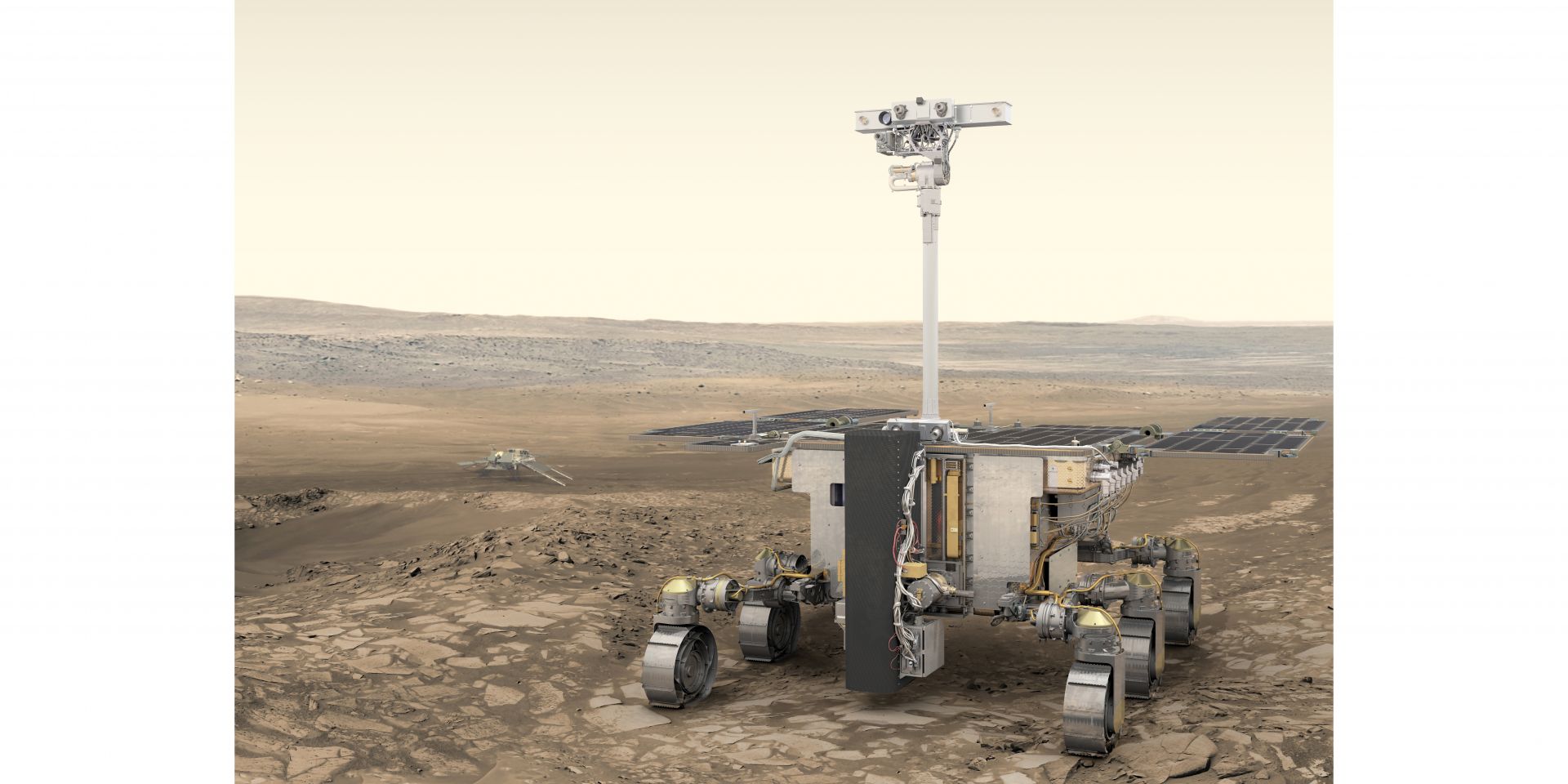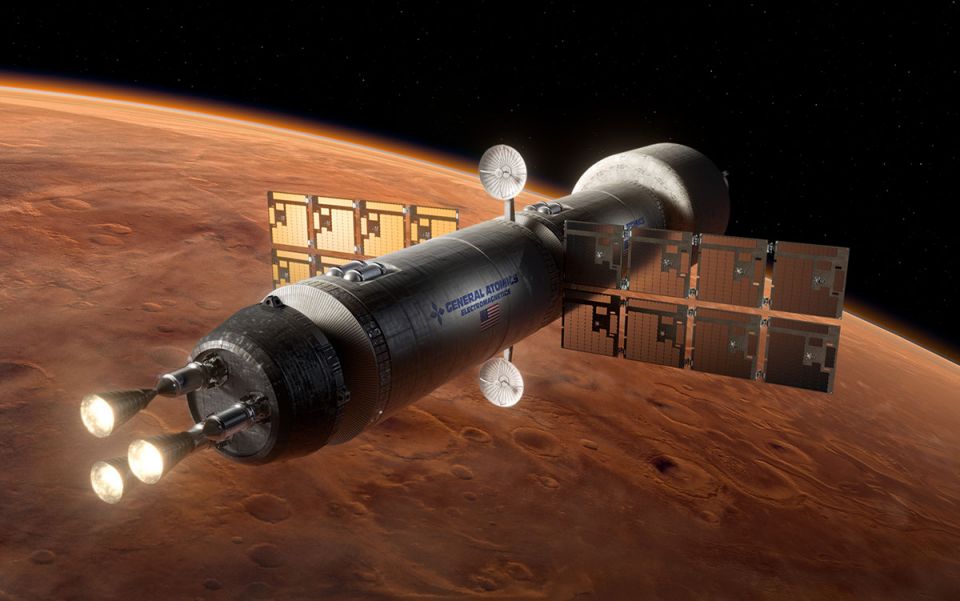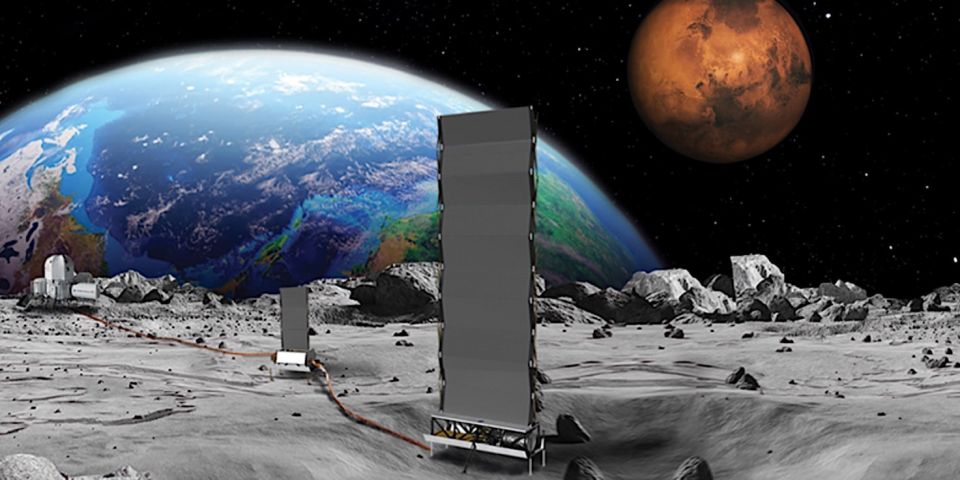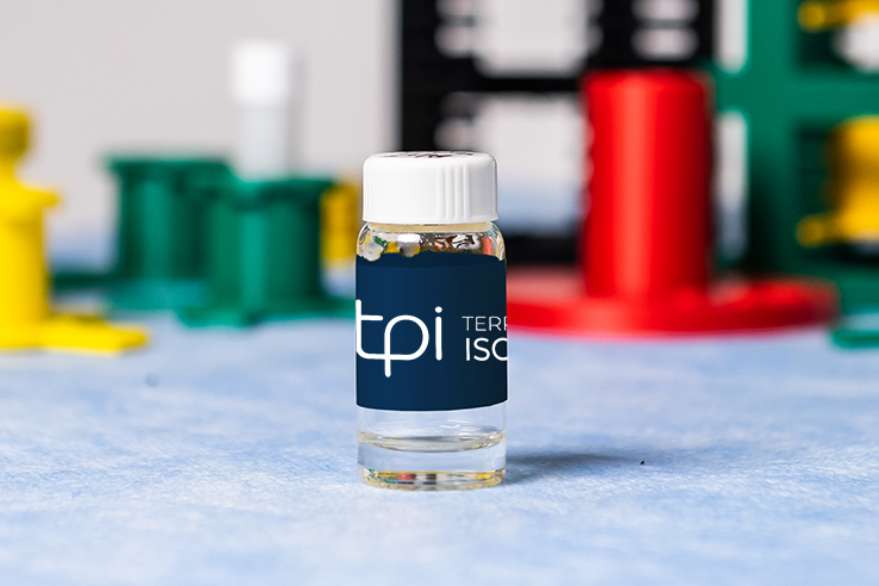Now, NASA is stepping up its contributions to the mission after a memorandum of understanding was signed May 16 at ESA’s headquarters in Paris, France. NASA will work with the Department of Energy to supply lightweight radioisotope heater units (LWRHUs) for the Rosalind Franklin rover before it is launched as early as 2028 to make a Mars landing in 2030 and search for traces of life.
“The Rosalind Franklin rover’s unique drilling capabilities and onboard samples laboratory have outstanding scientific value for humanity’s search for evidence of past life on Mars,” said Nicola Fox, associate administrator of the Science Mission Directorate at NASA headquarters. “NASA supports the Rosalind Franklin mission to continue the strong partnership between the United States and Europe to explore the unknown in our solar system and beyond.”
NASA’s role expands: NASA and the ESA agreed to expand NASA’s scope of work on the ExoMars Rosalind Franklin rover. The NASA Launch Services Program will procure a U.S. commercial launch provider, and in addition to the LWRHUs, NASA also will provide throttleable braking engines as part of the propulsion system needed to ensure a safe landing on Mars. The NASA Astrobiology Program aided the scientific, engineering, and technical development of the rover under an earlier commitment by providing a mass spectrometer for the rover’s Mars organic molecule analyzer (MOMA).
Radioisotopes to Mars: According to a March 2024 NASA Radioisotope Power Systems Program presentation prepared by RPS program executive Andrew Maynard in March 2024, NASA could supply up to 40 LWRHUs powered by plutonium-238. In parallel, Britain plans to develop and certify a European-made Am-241 RHU that would also fly on the mission.
Sending Am-241 on a space mission would be a first; to date, all RPSs NASA has launched have been fueled with plutonium-238. The LWRHUs supplied to ESA will provide heat to keep the lander’s components warm, and will not provide electrical power.
For its part, the ESA hopes to end the agency’s past dependence on Russia and the United States for RHUs and radioisotope thermoelectric generators through European Devices Using Radioisotope Energy (ENDURE), which will “deliver an end-to-end European capability for radioisotope heat and power systems by the end of this decade.”
Signs of life: The Rosalind Franklin rover got its name in 2019, following a public solicitation for suggestions and continuing a tradition of missions named for scientists, including Newton, Planck, and Euclid. Franklin was a British chemist and X-ray crystallographer whose research in the 1950s was an essential contribution to the scientific understanding of the double helix structure of DNA. The rover that bears her name, as the ESA puts it, will “search for the building blocks of life on the Red Planet.”
The rover will feature a drill capable of retrieving martian material at a depth of up to two meters below the surface—material that has been protected from the radiation and extreme temperatures on the surface of the planet. Samples of interest will be placed into the MOMA ovens onboard the rover and heated.
“Vapor released from heated samples will be analyzed with gas chromatography for traces of organic compounds,” according to NASA’s astrobiology organization. “Organic compounds are chemicals that contain carbon and are not themselves a sign of life. However, certain specific organic molecules are found in cells and, if discovered, might provide clues about the potential for life on Mars.”
Editor's note: This article previously stated incorrectly that NASA would provide americium-241 RHUs for the Rosalind Franklin rover. NASA will provide plutonium-238 LWRHUs.










